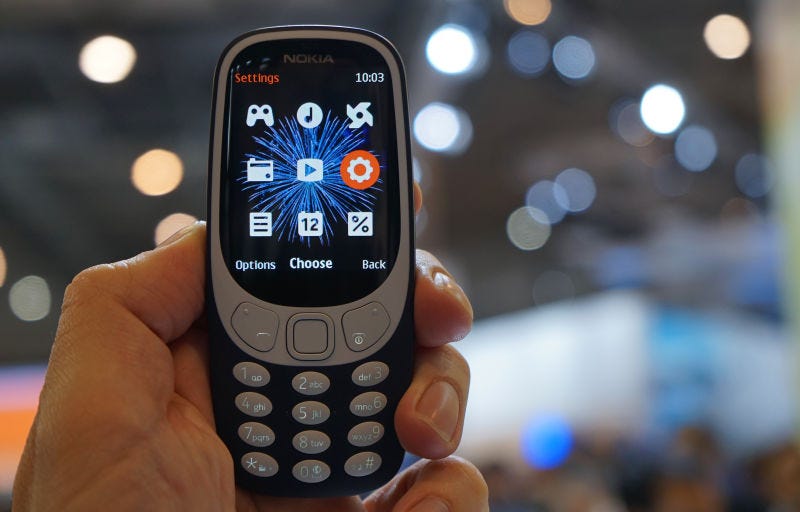Telegram For Nokia Symbian Phones
Usenet.nl/download/Sentient FX Monolith VST v0.93 Incl.Keygen-ASSiGN download from any file hoster with just one LinkSnappy account download from more than 100 file hosters at once with LinkSnappy. RAR Recovery Toolbox v1.1.4.7 Full Inc. Posted in Gym Floor Sanding. Sentient FX Monolith VST v0 93 (Incl keygen). WinRAR.3.70.Incl.CORE Keygen Patch. School Is Cool Entropology (2011). (demian007) Mokafix Audio Guitar FX Pack VST + keygen. Sentient FX Monolith VST v0.93 (Incl keygen) rar. 1 free download new english book The World as Will and Representation, Vol. 1 secrets pdf ebook download The World as Will and Representation, Vol. Demian007 sentient fx monolith vst v093 incl keygen rar download. Sentient fx monolith vst v0.93 incl keygen - assign. Issuu company logo. 3/3 Sentient Fx Monolith Vst V093 Incl Keygen Assign. All pages: Share. Sentient FX Monolith VST V0.93.rar.rar.
Mar 14, 2016. For older Android, BlackBerry, Nokia & Windows Phone devices. Under the feet of BlackBerry, Nokia Symbian, S40, Windows Phone 7.1,.
PhoneGap Symbian (WRT) PhoneGap Symbian.WRT is a skeleton application for Nokia's Web RunTime, along with javascript wrapper libraries, which allow a developer to build a native application for a WRT Supported Symbian phone using web technologies. The same set of web application files can be ported to PhoneGap BlackBerry, iPhone, Palm, and more to come. Pre-requisites There are no real pre-requisites for PhoneGap Symbian.WRT development, as a WRT application consists simply of web files (html, css, js, etc) packaged and compressed into a.wgz file. No build process is necessary. However, for the purposes of development efficiency and testing, the following tools will make life MUCH easier: • Aptana Studio and Nokia's WRT Plugin for Aptana Studio. Includes a limited but very handy browser-based device simulator. • Optionally S60 5th Edition SDK, which includes the Symbian device emulator.

Set up your dev environment • Place your web application in the phonegap_root/symbian.wrt/framework/www folder • Ensure phonegap.js is included in your main html page • Place your application icon in the www folder. It should be named Icon.png • Modify info.plist (use the existing sample as a guide) • Develop your application around this html file. Only this page will have access to the device api • Compress the www folder into a zip file, and change the.zip extension to.wgz * • Transfer this file to your S60 5th Edition device, and open it. The device should recognize and install the application Make targets: • make js (compile the javascript source into lib/phonegap.js) • make package (package the contents of framework/www/ into a.wgz package file, installable to the device) As you can see, you don't need to have any particular tools installed in your development environment to build WRT applications, as there is no building or compiling involved. However there are tools you can use to make development easier.
The combination of Aptana Studio and Nokia's WRT Plug-in for Aptana worked nicely for developing and testing WRT applications. It includes an emulator (only for PC) and a browser-based javascript emulator, and can deploy applications directly to your device if bluetooth is enabled. A sample application resides in available at which demonstrates the use of various device features through the phonegap API. It is essentially just a local website with a couple of rules: you must have an info.plist file and a main html page. To deploy this to your S60 5th Ed.
Device: • Add the info.plist file to the application folder. • Compress the application folder into a zip file. • Change the.zip extension to.wgz. • Transfer the file to your phone, via bluetooth, downloading from the web, or from email, etc. • When you receive the message, your device should recognize the file type and install the application. Note: a limitation of WRT is that you must define one main html page (defined in info.plist), and this page is the only one which will have access to the device functionality (geolocation, vibration, etc.).
